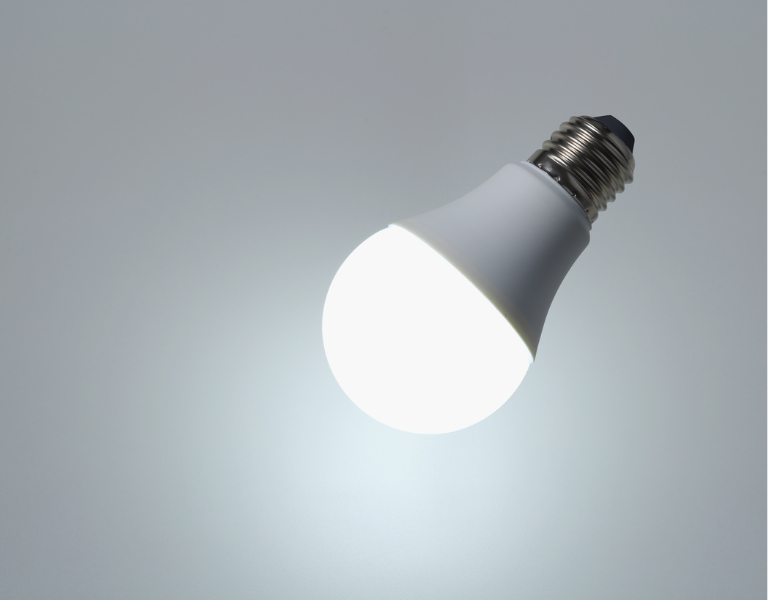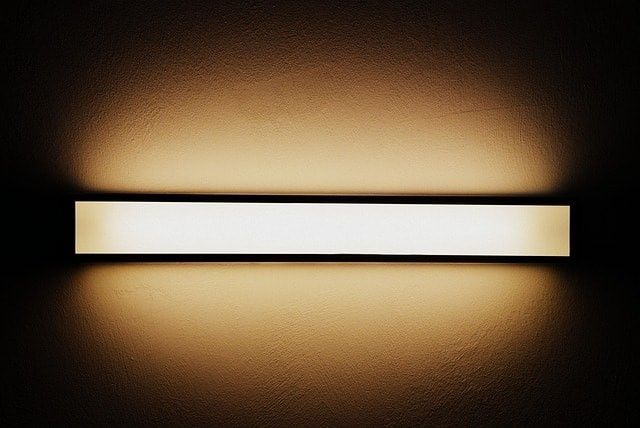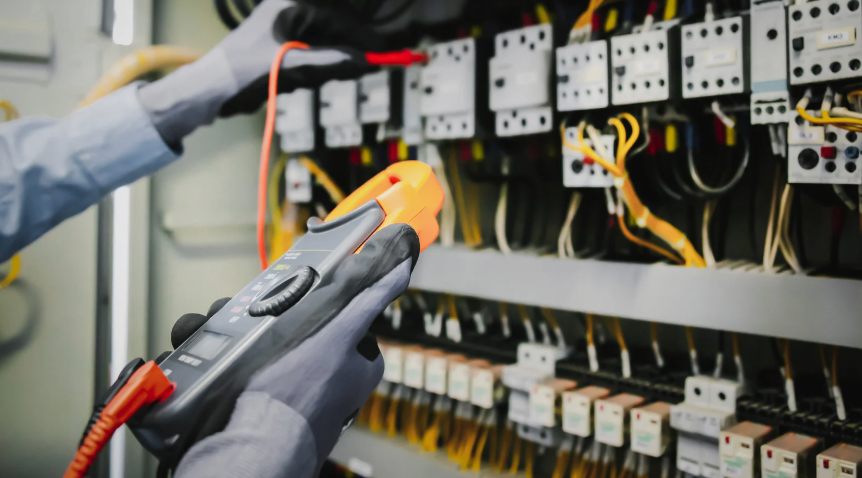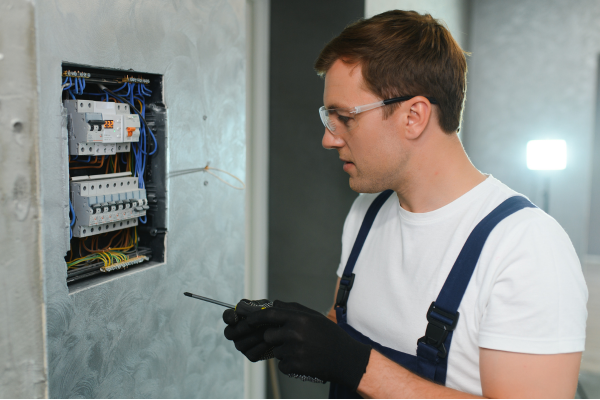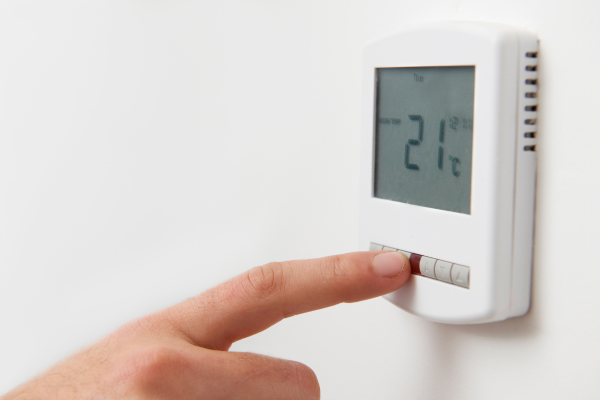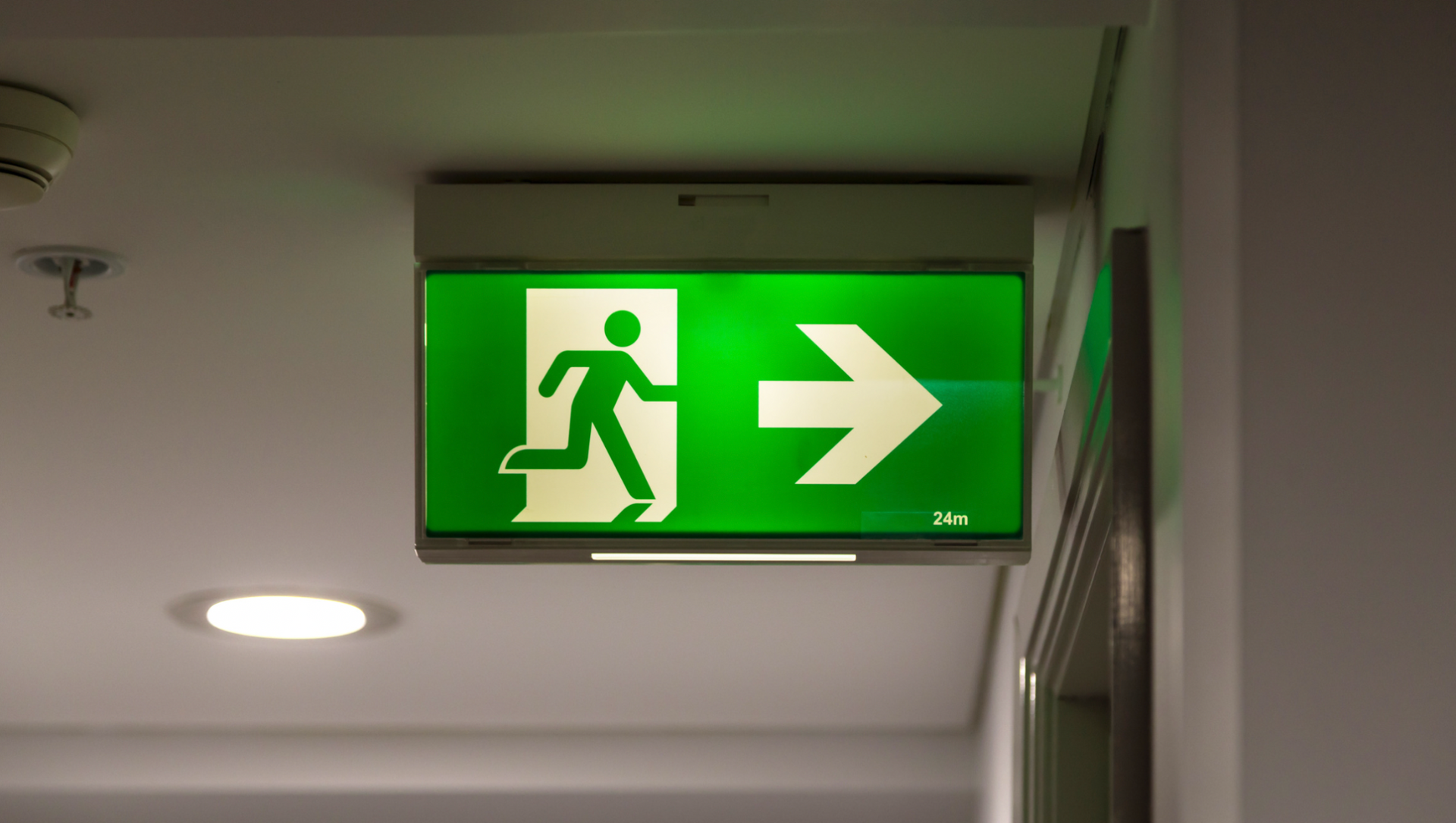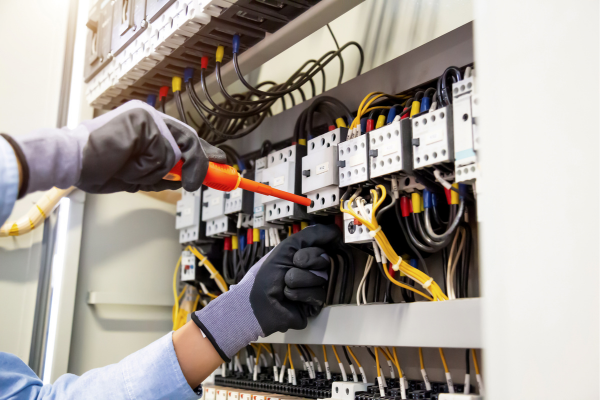29 Common Types of Electrical Problems in the House (2025 Edition)
Electricity powers our daily lives, but when things go wrong, the risks are real. From flickering lights to buzzing sockets, the warning signs of trouble are often ignored until it’s too late. In this 2025 edition of 29 common types of electrical problems in the house, we’ll walk you through the most frequent issues, how to spot them, and when to call in a licensed electrician in London. Whether in a new build or an older home, staying on top of your electrical installation is essential for your safety, compliance, and peace of mind.
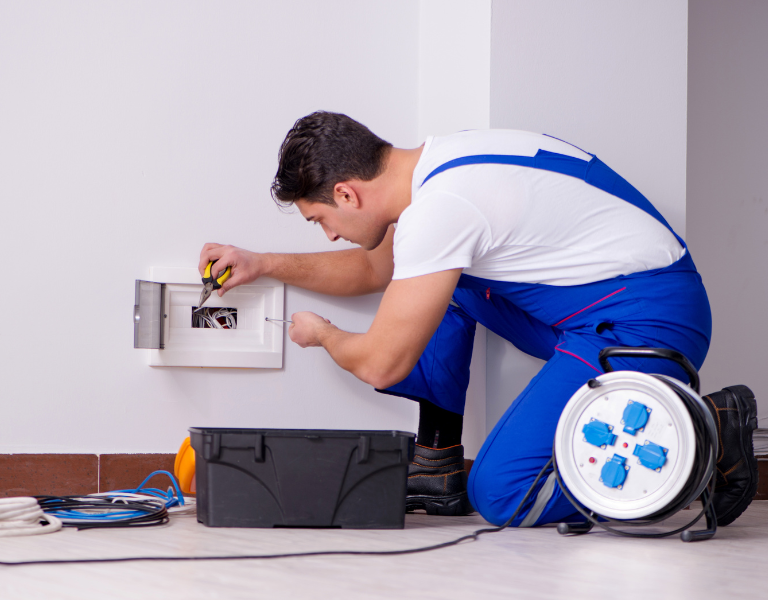
Why Electrical Safety Matters in 2025
New Regulations and Legal Requirements
In recent years, electrical safety standards have tightened, especially in the private rented sector. Under current legislation, new and existing tenancies must have an electrical installation condition report (EICR) carried out by a competent person. This ensures that the electrical installation is safe for continued use.
The Role of Local Authorities
Your local housing authority may intervene if landlords fail to make necessary repairs. Sometimes, local government can enforce work based on published guidance and best practice.
Common Electrical Problems in UK Homes
1. Flickering or Dimming Lights
Dimming lights, often caused by faulty wiring or overloaded circuits, may indicate poor wire connections or a failing light switch.
2. Frequent Tripping of Circuit Breakers
A constantly tripped breaker usually signals that a circuit is drawing too much electrical current, possibly from overloaded appliances or a fault.
3. Buzzing Sounds from Outlets or Switches
It could mean a dangerous electrical fault if you hear humming or buzzing near a socket outlet or switch. Don’t ignore it.
4. Burning Smells
That acrid smell near an outlet could be the start of a fire. Cut the power and call a reliable electrician immediately.
5. Loose Power Outlets
A wobbly socket isn’t just annoying; it could mean wire connections are detached, risking short circuits.
6. Overloaded Power Strips
Plugging too many electrical appliances into one outlet is a recipe for overheating and fire.
7. Warm or Discoloured Switch Plates
Excess heat or black marks around outlets often suggest internal damage or incorrect wiring.
8. Old or Outdated Wiring
Older homes often contain aluminium or cloth-insulated wiring, which falls short of modern regulations.
9. Faulty Light Switches
A switch that doesn’t work or behaves oddly could point to damaged wiring or a deeper electrical fault.
10. Tripping RCDs (Residual Current Devices)
When your RCD trips, it’s doing its job protecting you from dangerous surges. But frequent trips mean there’s a persistent problem.
11. Faulty Appliances
Old or damaged electrical equipment, like washing machines, can overheat, trip breakers, or even cause fires.
12. Outdated Consumer Unit
Your consumer unit (or fuse box) should be updated every 10–15 years. A new panel with modern breakers improves safety.
13. Lack of Earthing
No earthing = high risk. Without proper earth connections, fault currents can turn deadly.
14. Missing or Broken GFCI Outlets
Ground Fault Circuit Interrupters are a must in kitchens and bathrooms. Faulty ones need remedial work right away.
15. Frequent Bulb Burnouts
If your bulbs keep blowing, it might be due to high voltage or unstable light circuits.
16. Exposed Wiring
Any visual inspection that reveals bare or frayed wires demands immediate repair.
17. Sparking Outlets
If plugging in a device causes a visible spark, turn off the breaker and seek professional help.
18. Dead Outlets
Dead sockets are usually due to a tripped breaker, disconnected wires, or internal damage.
19. Incorrectly Installed Switches
DIY gone wrong. A wrongly wired switch can result in shock or failure of the connected appliances.
20. Lack of a Safety Certificate
It’s a legal requirement for landlords to obtain an electrical installation certificate after any major electrical work.
21. Infrequent Electrical Safety Checks
Electrical safety checks should be carried out every 5 years in rental homes, or sooner for multiple-occupancy dwellings.
22. Wiring Not to Code
If your wiring doesn’t meet wiring regulations, your insurer may not cover damage in the event of an electrical fire.
23. Inadequate Outdoor Lighting Protection
Outdoor lighting must be waterproofed and properly grounded to avoid electrical faults from weather exposure.
24. Unlabelled Breaker Panel
A poorly marked breaker panel wastes time during emergencies and makes it hard to identify issues.
25. Appliances Without PAT Testing
Portable appliance testing (PAT) is essential for rented properties to verify the safety of electrical appliances.
26. Improper Use of Extension Leads
Never daisy-chain extension cords. It's unsafe and often exceeds the capacity of the original installation.
27. Poor DIY Repairs
Unqualified tinkering often makes things worse. Use a licensed electrician to carry out repairs.
28. Delayed Remedial Work
Landlords must carry out remedial work in due course after receiving a failed electrical installation condition report.
29. No Plan for Next Inspection
You're likely overdue if you don’t know when your next inspection is due. Ask your local electricians for a routine check-up.
How to Stay Compliant and Safe
Hire a Competent Electrician
Only a competent person should carry out inspections or major work. Check for JRO Electrics at NICEIC registration and local reviews.
Request Written Confirmation
After repairs or inspection, get written confirmation and update your records, especially for new tenants or existing tenancies.
Visual Inspection Matters
Regular DIY checks for scorch marks, buzzing sounds, or frayed wires help you spot issues before they escalate.
Follow the Guidance
Published guidance from the local authority or the government outlines best practices for landlords, homeowners, and tenants.
Understand Your Responsibilities
Whether a landlord or homeowner, understanding your duty under new regulations is crucial for staying legal and safe.
Conclusion
Electrical problems may start small, but they rarely stay that way. As shown in our 29 common types of electrical problems in the house (2025 edition), many are preventable with regular checks, professional help, and smart awareness. Remember, electricity isn’t something to take lightly. Stay ahead of the risk by investing in inspections, maintaining your electrical installation, and always using a reliable electrician when needed.
FAQs
How often should my home be inspected for electrical safety?
Every 5 years for private homes and every change of tenancy in rented properties, or sooner if issues arise.
What’s the difference between an EIC and an EICR?
An Electrical Installation Certificate (EIC) is given after a new installation, while an Electrical Installation Condition Report (EICR) is used to assess existing installations.
Can I fix faulty wiring myself?
No. A licensed electrician must do electrical work to meet electrical safety standards and insurance requirements.
Is PAT testing required for private homes?
While not mandatory for homeowners, portable appliance testing is highly recommended, especially if you have vulnerable residents or run a business from home.
How do I know if I need a new consumer unit?
If your consumer unit is over 15 years old, lacks an RCD, or fails inspection, it’s time to upgrade.

